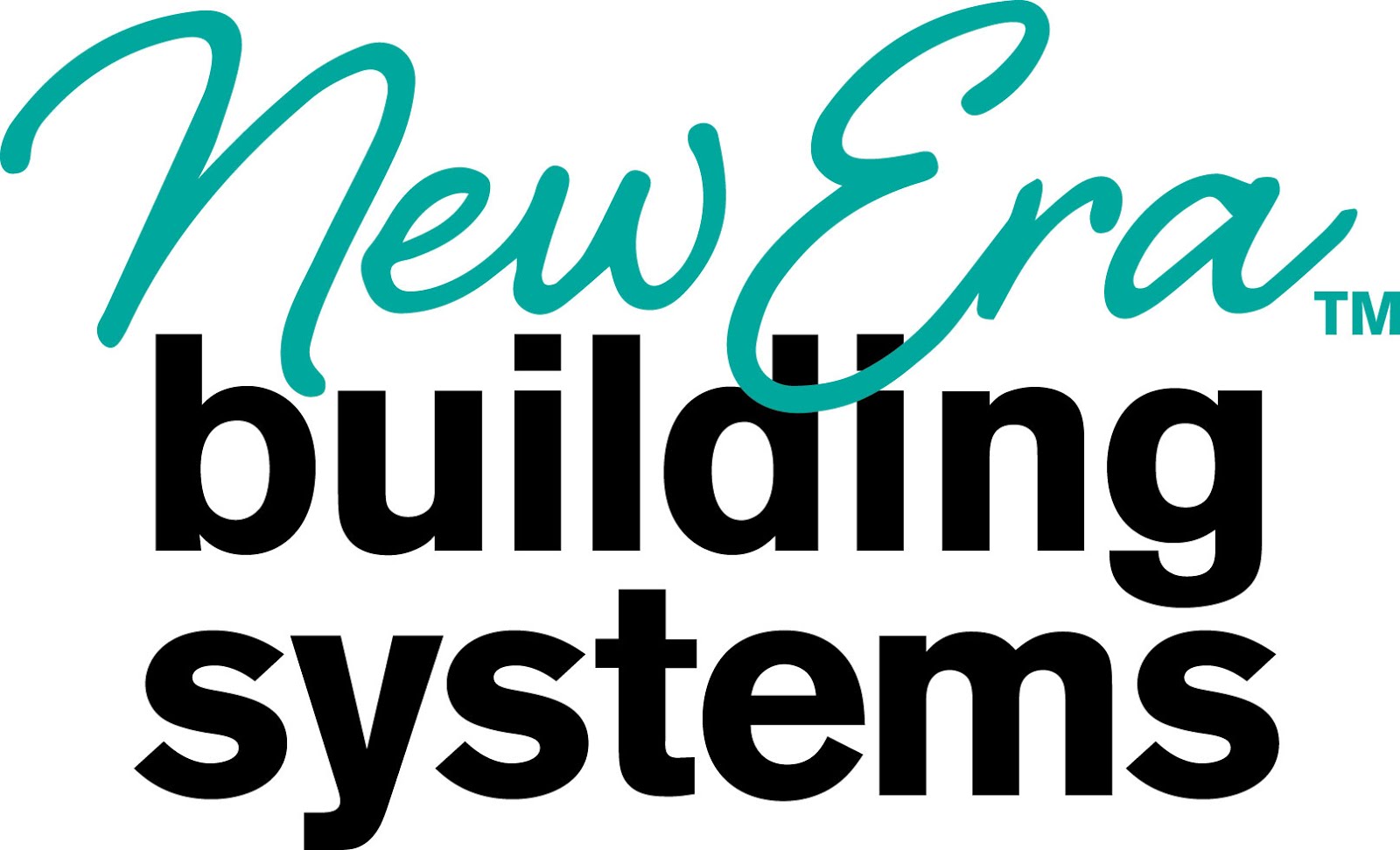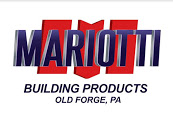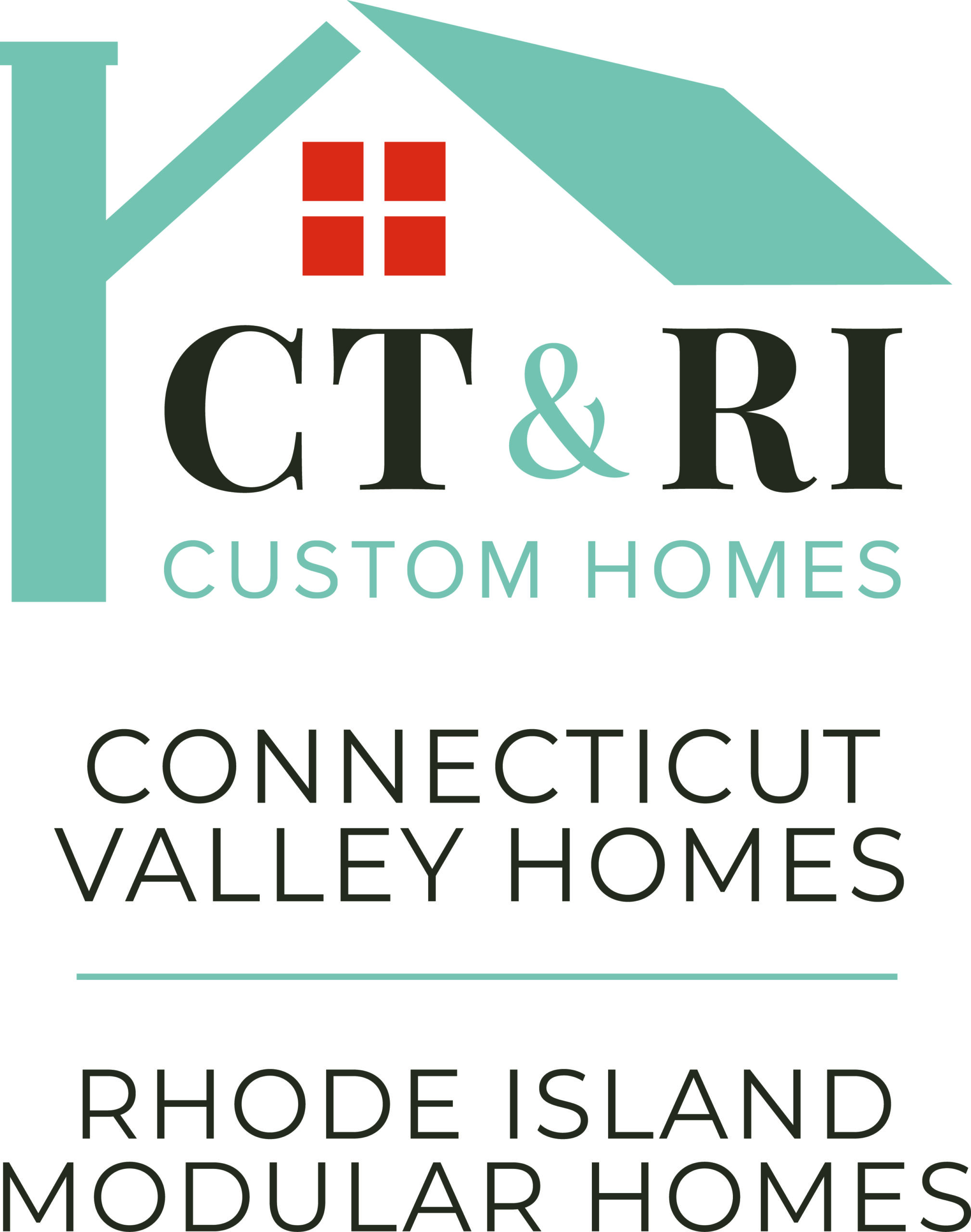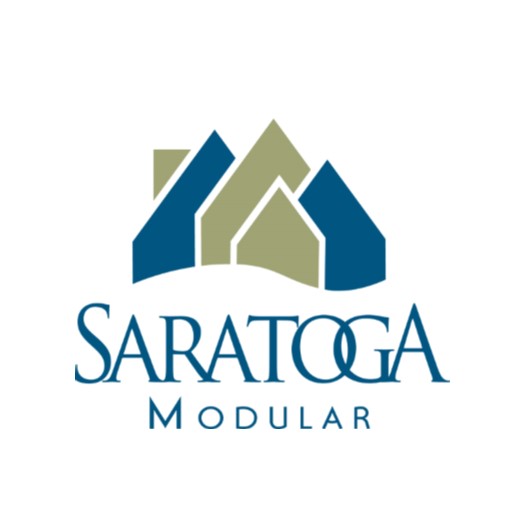Portland’s Middle Housing Boom: A Model for Other Cities?
In response to its growing housing needs, Portland, OR implemented zoning reforms that encourage middle housing—duplexes, triplexes, and small multifamily buildings—on lots previously reserved for single-family homes. The result? A significant increase in housing production, proving that rethinking zoning laws can unlock much-needed residential development. The real game-changer, however, is modular construction, which allows these homes to be built faster and more affordably than traditional methods. By shifting much of the construction process to offsite factories, modular housing minimizes delays, reduces waste, and ensures high-quality, energy-efficient homes that can be delivered to urban neighborhoods with minimal disruption.

.
How Modular Construction Can Scale This Success Nationwide
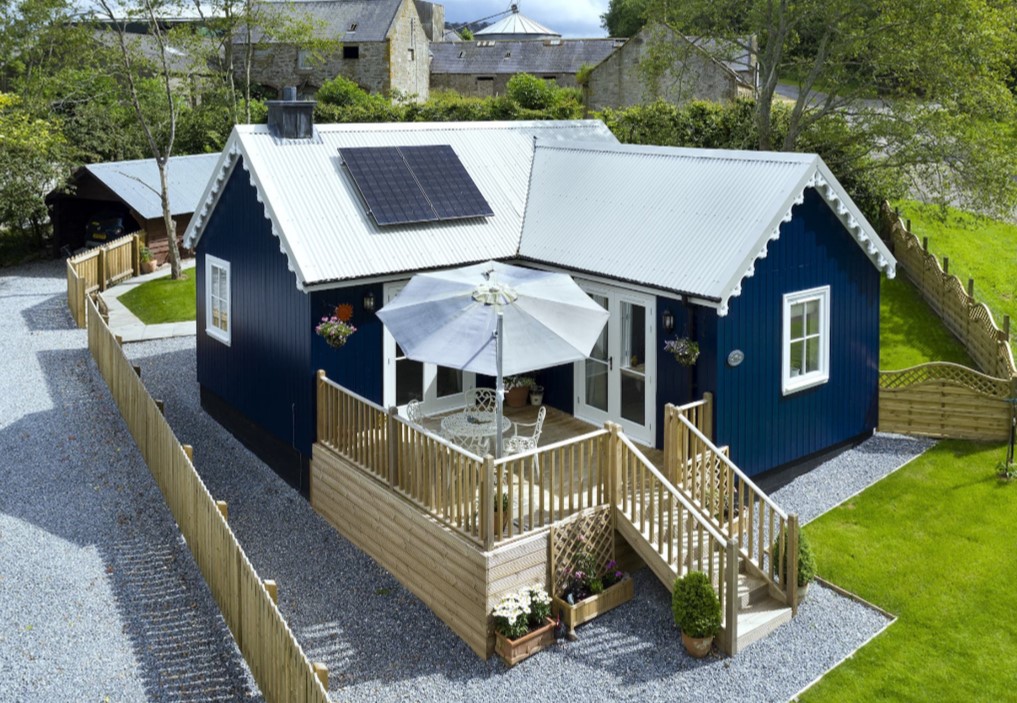
Cities like Austin, Minneapolis, and Seattle are already exploring similar zoning reforms, but integrating modular construction could supercharge their efforts. Modular technology allows for mass production of standardized housing components, slashing construction timelines by 30-50% compared to traditional builds. For cities facing urgent housing crises, this approach can help meet demand without compromising quality or sustainability. Additionally, modular construction can be adapted to various architectural styles and community needs, ensuring that new housing blends seamlessly into existing neighborhoods.
Challenges and Opportunities in Scaling Modular Middle Housing

Despite its advantages, modular construction still faces regulatory hurdles, supply chain challenges, and public perception issues. Many local governments have yet to update building codes to fully accommodate modular housing, slowing adoption. Additionally, financing models for modular projects differ from traditional construction, requiring banks and lenders to adjust their approach. However, as more cities witness the success of modular-built middle housing, policy changes and investment in modular-friendly infrastructure are likely to follow. By aligning zoning reforms with modular innovation, municipalities can create scalable solutions that provide affordable, high-quality housing at unprecedented speeds.
Is a Modular Future the Answer for U.S. Cities?

Portland’s success with middle housing demonstrates that bold zoning reforms can open the door to increased housing production, but modular construction offers the key to unlocking its full potential. As urban areas nationwide grapple with affordability and supply challenges, modular building techniques can provide a scalable, efficient, and cost-effective solution. With the right policy support and industry collaboration, the middle housing movement—powered by modular construction—could soon reshape America’s cities, ensuring housing for generations to come.
CLICK HERE to read the entire Portland.gov article
Gary Fleisher, The Modcoach, writes about the modular and offsite construction industry at Modular Home Source.
.
CLICK HERE to read the latest edition
Contact Gary Fleisher



